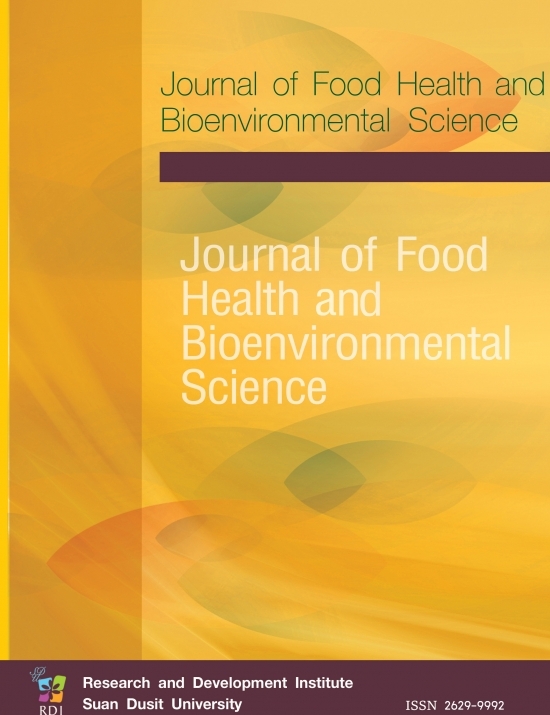Food Culture in Lanna Way of Life
Keywords:
Lanna Food, Indigenous Menu, Healthy Food, Northern Thailand.Abstract
“Lanna” was located in the northern part of Thailand. Lanna uniqueness is
contained in the culture; architecture, costume, language, ways of life and food.
This paper aims to investigate Lanna food culture; 1) food source of Lanna People,
2) Cooking methods 3) belief and wisdom of food as medication and body balancer,
4) Lanna food background and influence from other cultures, and 5) Lanna food
culture and value creation as gastronomy tourism destination. This qualitative research
collected the data in terms of lifestyle, cooking style, food recipes, and consumption
patterns of Lanna people. The collected data were analyzed and linked to find any
changes from the past to the present by using the content as shown in related literature.
Lanna people have eaten sticky rice for their main energy dish. The sticky
rice was eaten with chili paste. and local vegetables which could be found near their
environment. Protein source came from fish, chicken, frog and insects. Beef and
pork were used for special meals and ceremonies. Lanna food had 14 different
cooking styles; 1) curry food (kaeng), 2) grilled food or roast food (Ping or Yang),
3) stir-fried food (Kua or Phad), 4) spicy minced pork salad (Laab), 5) stew food
(Kaeng -aom), 6) chili dip (Nam Prik), 7) vegetable salad (Yum,Tum, Sah), 8) steam
food (Hor Neung), 9) Ab food, 10) Ok food or Od food, 11) Auk food, 12) Juen food,
13) Khao bai food, and 14) desert. Lanna food used a variety of plants; herb, spice
and vegetable which composed of phytonutrients which can be promoted to be
healthy food. Furthermore, beliefs and values about Lanna food are widely seen
among patients, pregnant women, and young children. In addition, stories and food
combined in festivals and ceremonies as well as in special occasions, meat (from
buffalo or cow or pork) was cooked for serving guest. Many dishes of Lanna food
was influenced from others cultures; however, the current taste and flavor are
adopted for suitable flavor and taste.
Thus, the uniqueness of Lanna food, wisdom combined with traditional
culture, would be the selling point to reach tourists to visit Lanna areas and receive
new experience with food in the “Khantok” style. This will increase not only
economic value but it is also a crucial way to pass the traditions to the visitors and
to maintain Lanna food in a sustainable way. Furthermore, Lanna food could be
promoted as gastronomy tourism.








